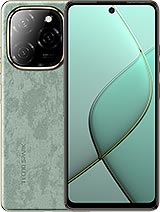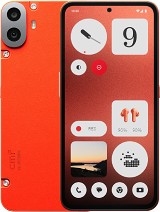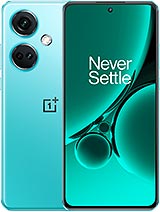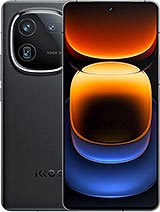iQOO 12 alternatives
Tap above to see alternatives.
Redmi 13C alternatives
Tap above to see alternatives.
1x3.3 GHz Cortex-X4
3x3.2 GHz Cortex-A720
2x3.0 GHz Cortex-A720
2x2.3 GHz Cortex-A520
2x2.2 GHz Cortex-A76
6x2.0 GHz Cortex-A55
12GB 512GB (UFS 4.0)
16GB 512GB (UFS 4.0)
16GB 1024GB (UFS 4.0)
6GB 128GB (UFS 2.2)
8GB 256GB (UFS 2.2)
f/1.7, 23mm (wide), 1/1.3", 1.2µm, multi-directional PDAF, OIS
64 MP,
f/2.6, 70mm (periscope telephoto), 1/2.0", PDAF, OIS, 3x optical zoom
50 MP
f/2.0, 15mm, 119˚ (ultrawide), AF
f/1.8, 28mm (wide), PDAF
0.08 MP
(auxiliary lens)
4K@24/30/60fps
1080p@30/60/120/240fps
f/2.5, (wide)
SIM1: Nano, SIM2: Nano
SIM1: Nano, SIM2: Nano
FDD: N1, N3, N5, N7, N8, N28
TDD: N38, N40, N41, N77, N78
FDD: N1, N3, N5, N8, N28
TDD: N40, N78
FDD: N1, N3, N5, N7, N8, N28
TDD: N38, N40, N41, N77, N78
FDD: N1, N3, N5, N8, N28
TDD: N40, N78
In this comparison, the iQOO 12 with the Qualcomm Snapdragon 8 Gen 3 (4nm) performs better than the Redmi 13C with the Mediatek Dimensity 6100+ (6nm), thanks to its more efficient chipset.
The iQOO 12 offers 3 years of OS updates, while the Redmi 13C provides 2 years. These phones will receive the same duration of security updates.
iQOO 12 has a superior AMOLED display, while Redmi 13C uses an LCD panel. Moreover, it offers a higher 144 Hz refresh rate for smoother scrolling. iQOO 12 also has a brighter display with 3000 nits, improving outdoor visibility. Notably, iQOO 12 has a higher resolution display, resulting in sharper visuals.
Both phones have the same 5000 mAh battery capacity. iQOO 12 supports faster wired charging at 120W.
iQOO 12 offers better water and dust resistance with an IP64 rating.












